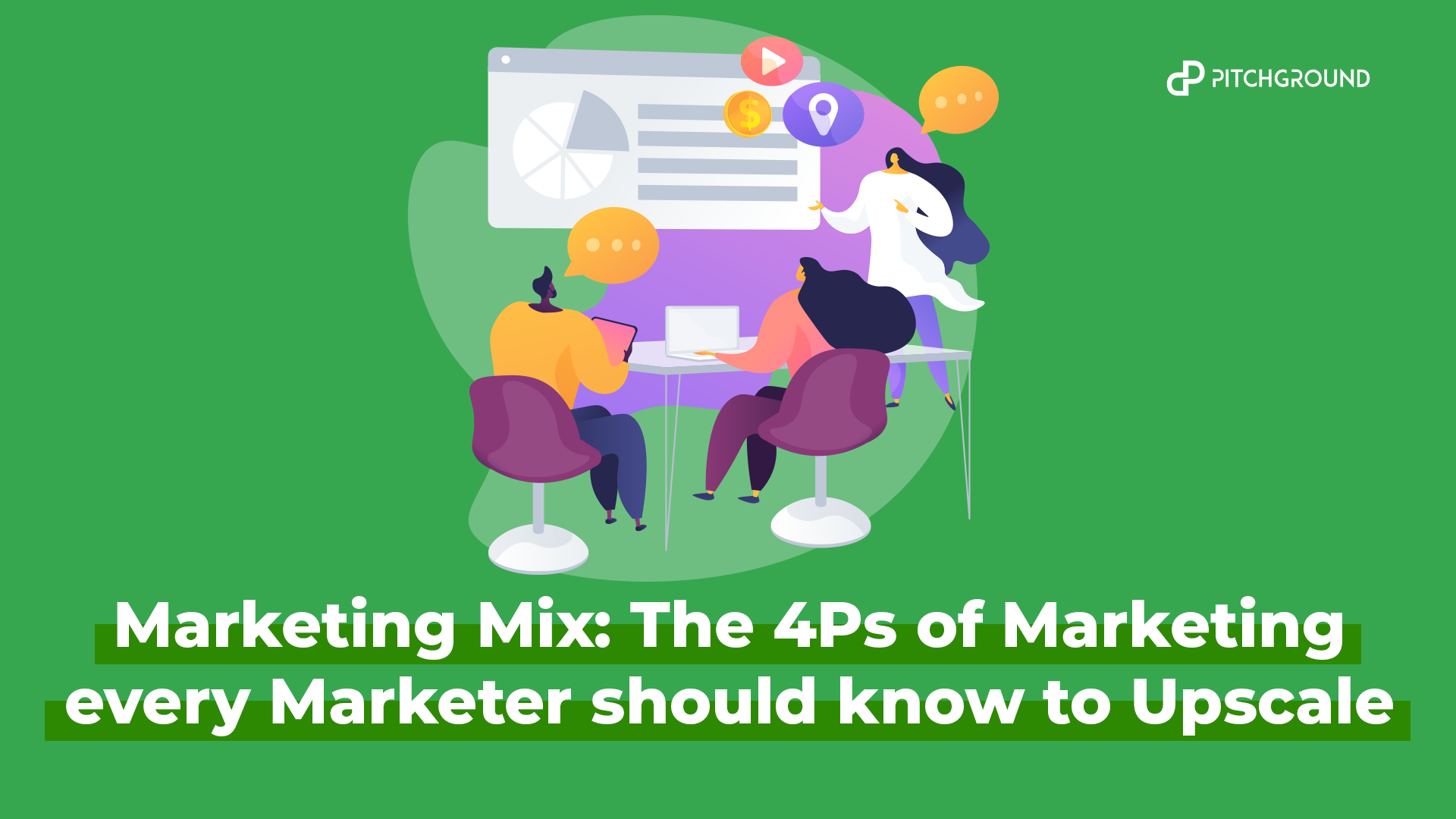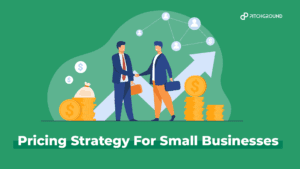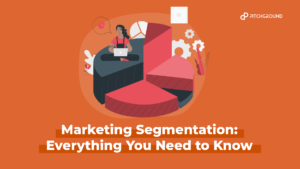The marketing mix is a collection of the 4Ps of Marketing that are used to promote any product or service and may include both tangible (e.g., promotional materials) and intangible elements (e.g., public relations).
The term “marketing mix” is sometimes synonymous with ‘mixology’, an approach to business strategy creation based on using a systematic framework for evaluating the different components in a marketing plan. It can also be considered as a technique for identifying and testing ideas to improve products and services by changing their individual elements in combination.
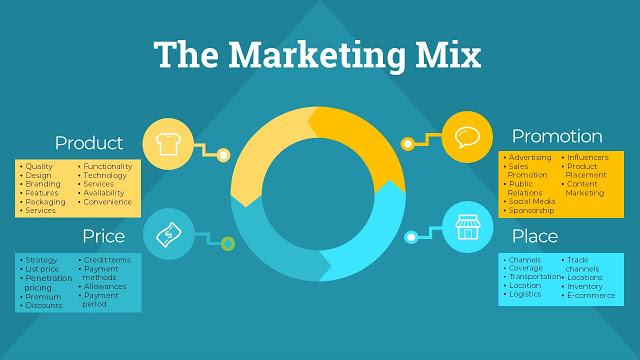
Mixology is an art that combines all aspects of branding and marketing to increase sales. It includes selecting the right audience, developing the right message, having the proper budget, creating the best value proposition and using relevant tools.
The 4Ps Marketing is a concept developed by David Meerman Scott. This method helps companies create effective strategies that are focused on customer satisfaction.
4Ps of Marketing stands for Product, Price, Place & Promotion. It is a framework that helps marketers identify their target audience, create a unique value proposition and then promote their products or services effectively.
It’s important to remember that every company has its own unique challenges and opportunities. The same goes for marketing strategies. That’s why it’s essential to adapt your strategy to fit your business
Are you looking for ways to improve your social media presence? If yes, then you should definitely check out these 4Ps of Marketing.
So what makes 4Ps of Marketing different from others?
1) It’s Targeted – it ensures that your product reaches only those people who will be interested in it
2) It’s Personalized – this means you have an open conversation with customers about their needs and interests
3) It’s Proactive – instead of waiting for customers to come to you, you reach out to them first
4) It’s Persistent – unlike traditional advertising, which stops after one campaign, 4Ps marketing continues until the end goal is achieved.
The 4Ps of Marketing includes:
• Product/Service
• Price
• Place
• Promotion
There are many variations of this model. Some use the terms “Promotion” instead of “Price” while some make “Place” into a separate category
How do the 4Ps of Marketing work?
In order to understand how the 4 Ps of Marketing work, let us look at a real-life example. Let’s say we want to buy a new pair of shoes. We go online and search for the best price. After doing so, we find two pairs of shoes – one priced $100 and another priced at $50. Both are good quality but one costs more than the other. (This can happen because there are too many choices). Now, how do we choose?
With the help of the internet, we get a better idea of the features of both shoes, based on this information, we decide that the cheaper shoe is not worth buying. However, if we had seen the details of both the shoes before making our decision, we may have decided differently.
Social Media has become a powerful tool for businesses to reach their target audience. In fact, according to Statista, Facebook alone had 2.23 billion monthly active users in 2018. The number of users on Instagram, Twitter, LinkedIn, Pinterest, Snapchat, and other platforms continues to rise.
Social Media is a great way to connect with customers and build relationships. However, it’s important to remember that social media isn’t a magic wand. There are 4Ps of marketing that you should always consider before launching a new campaign.
Let’s look at the 4Ps of Marketing in-depth:
The First P — PRODUCT

Your primary objective as a marketer is to understand your buyer persona and get to know their pain points. Once you do this, it becomes easier to find a solution that addresses those issues and provide results.
For example, if you run a shoe store, your customer could be someone who wants comfortable shoes at affordable prices. You need to make sure your ideal customer knows they will receive quality items at low costs.
If you sell online clothing, you might have a different set of customers. They could be fashion-conscious people who want to look stylish without breaking the bank. You would focus on providing high-quality clothes at reasonable rates and making shopping easy.
Once you’ve identified your ideal customer, it’s time to determine how you can serve them better by offering the right products.
The Second P — PRICE

Price is one of the most important factors when selling anything from a cup of coffee to a car. Most consumers aren’t willing to pay too much for expensive brands, especially in large quantities. For example, many people won’t buy two pairs of shoes because they already have six pairs of boots.
That doesn’t mean there are no exceptions. When you offer products and services that satisfy real needs, the consumer will eventually come back for more.
While price is not everything, it is essential. Consumers tend to be competitive, so if you charge less than your competitors, you’ll probably gain an edge over them. According to eMarketer, the average online shopper spends $70 on shipping costs alone. So don’t forget to include free shipping in your budgeting plan.
In addition to pricing, there are three other things you should keep in mind while deciding the cost of each product or service:
- Inventory
- Delivery
- Production
- Costs associated with production and delivery:
When considering the cost of inventory maintenance, you’ll also need to factor in costs related to storage and keeping track of stock levels.
If you operate a local business, you must take into account the cost of maintaining a physical location.
It’s usually cheaper to rent space rather than own a property outright. Moreover, having a storefront allows you to showcase your products during busy hours and stay open longer. Of course, operating out of a retail space comes with its own challenges, such as working with salespeople.
Even though renting is convenient, you must still maintain the space. In case of emergency, you may have trouble finding another space quickly. If you use any kind of electronic device like computers and printers, you will also need to consider paying monthly fees for maintenance.
In summary, when determining what to charge for products and services, you’ll need to consider several factors. The first step is understanding your target market and identifying their primary goals. Next, you must decide whether you should provide items for sale directly to your customers or through distributors. Finally, you need to think about the value proposition you offer your customers.
The Third P – PLACE

We also need to look at where we buy products. In the case of shoes, we buy from retail stores or online shopping sites. Retailers offer variety and convenience. Online shopping sites allow us to compare prices easily and save time. This makes online shopping convenient for most people. Another key difference between these venues is the level of personalization offered by each.
Retailers can customize items based on your preferences and tastes. They even offer special discounts for loyal shoppers. However, buying goods from retail locations takes more work since you cannot get personalized assistance and customer support. Also, retailers usually offer lower margins since they depend heavily on advertising for revenue.
On the other hand, online shopping has some downsides. You need to spend extra money on shipping charges. However, consumers often find this expense worthwhile because you can shop from anywhere and pay only once. Moreover, you can instantly view reviews and ratings before making purchases.
Online shopping also offers more customization options compared to brick-and-mortar shops. For example, you can search for specific brands or styles that suit your taste. Lastly, you can browse through thousands of items without leaving your home!
The fourth P – Promotion
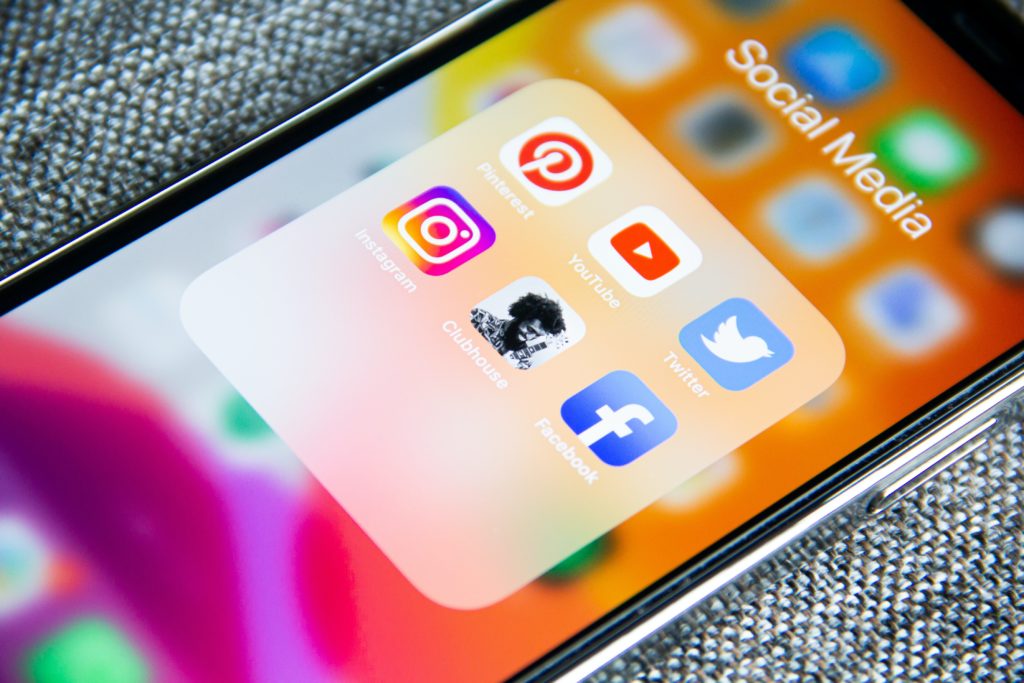
Promoting products and services involves getting them known by potential customers. It’s basically advertising. As mentioned above, retail stores rely on advertising to attract potential customers. While it’s not required to promote your products directly, it helps immensely if you do so.
It includes things like flyers, brochures and direct mailings. These are all effective ways to get your brand noticed. But be careful not to overdo it. Your goal here is to get a balance between too much promotion and too little.
You might also want to take advantage of social media outlets. Social media sites such as Facebook and Twitter enable you to connect with potential customers in real-time. With just one click, you can share information with your friends, family members or followers regarding new products and promotions. You can reach out to potential buyers and ask for feedback.
Conclusion
To sum up, the 4 Ps of Marketing helps companies increase sales by increasing awareness among their target audience. It helps them communicate with their target audience effectively, and it allows them to set realistic goals and monitor progress.
